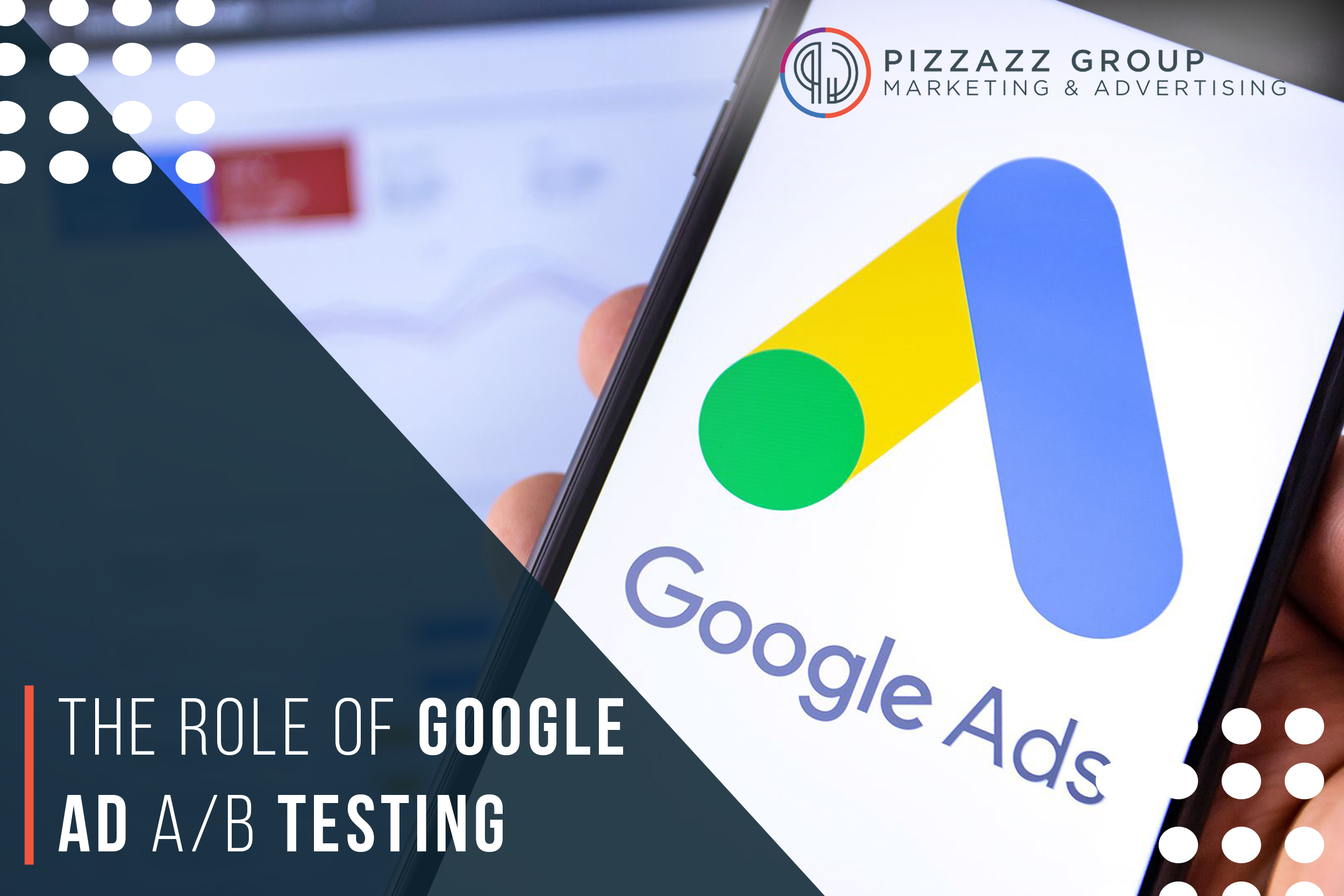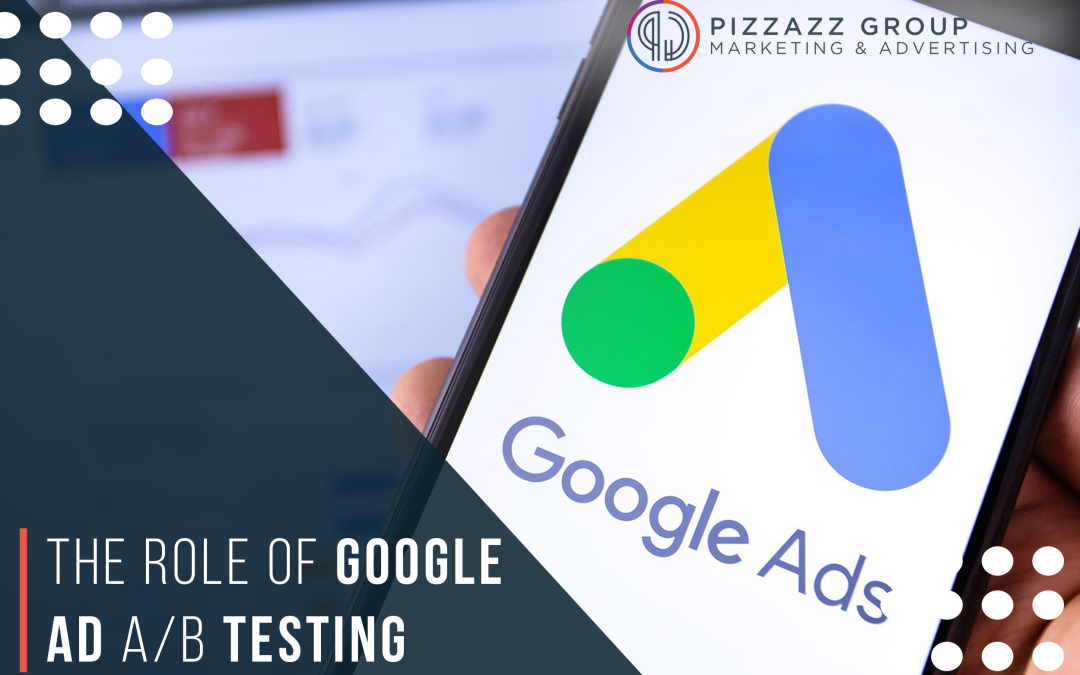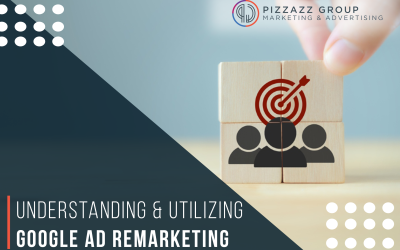
Understanding Google Ad A/B Testing
Understanding Google Ad A/B Testing
A/B testing, also known as split testing, is a method of comparing two versions of a webpage, app, or in this context, an ad, to determine which one performs better.

By changing one variable at a time (such as the headline, image, or call-to-action), advertisers can isolate the effects of each element on user behavior. This scientific approach helps in making informed decisions based on actual data rather than assumptions or gut feelings.
The Importance of A/B Testing in Google Ads
1. Optimizing Ad Performance: The primary goal of A/B testing in Google Ads is to enhance the performance of your ads. By identifying which ad variations resonate most with your target audience, you can allocate your budget more effectively and achieve better results.
2. Increasing Click-Through Rates (CTR): A/B testing allows you to experiment with different headlines, ad copy, and visuals to see which combinations yield higher CTRs. A higher CTR indicates that your ad is appealing and relevant to users, leading to more traffic and potential conversions.
3. Improving Conversion Rates: Beyond just attracting clicks, A/B testing helps in optimizing the elements that drive conversions. This could include testing different offers, landing pages, or calls-to-action to find the most compelling mix that turns visitors into customers.
4. Maximizing Return on Investment (ROI): By continuously refining your ads through A/B testing, you can improve your ROI. More effective ads mean better use of your advertising budget, leading to higher profits for your business.
5. Reducing Cost Per Acquisition (CPA): Identifying high-performing ad variations helps in lowering your CPA. Efficient ads that drive more conversions for less cost ensure you get the most out of your advertising spend.
Key Elements to Test in Google Ads
1. Headlines: The headline is often the first thing users see. Testing different headlines can help you understand what language or phrasing grabs attention and encourages clicks.
2. Ad Copy: Experiment with different descriptions and ad copy to see what messaging resonates best with your audience. Focus on varying the value propositions, tone, and length.
3. Images and Videos: Visuals play a crucial role in ad performance. Test different images, graphics, and video content to determine which visuals attract the most engagement.
4. Call-to-Action (CTA): The CTA is critical for driving user action. Test different CTA phrases (e.g., “Buy Now,” “Learn More,” “Get Started”) to see which ones generate the most conversions.
5. Landing Pages: The destination your ad leads to can significantly impact conversions. Test different landing page designs, layouts, and content to optimize the user experience and increase conversions.
6. Ad Extensions: Google Ads offers various extensions (sitelink, callout, structured snippets) that can enhance your ad. Test different extensions to see which ones improve your ad’s performance.
Best Practices for Google Ad A/B Testing
1. Test One Variable at a Time: To accurately determine the impact of a change, test only one variable at a time. This allows you to isolate the effects of each element and make informed decisions based on clear data.
2. Set Clear Objectives: Before starting a test, define what you aim to achieve. Whether it’s increasing CTR, lowering CPA, or boosting conversions, having clear objectives will guide your testing strategy.
3. Use a Large Enough Sample Size: Ensure your test runs long enough to gather sufficient data. A small sample size can lead to inconclusive or misleading results. Google Ads can help determine the appropriate duration and sample size for statistically significant results.
4. Run Tests Simultaneously: Run your A/B tests simultaneously rather than sequentially. This helps eliminate external factors such as seasonal trends or market changes that could skew the results.
5. Analyze Results with Statistical Significance: Make sure your test results are statistically significant before making decisions. This means the observed differences are unlikely to have occurred by chance and are genuinely due to the changes made.
6. Iterate and Refine: A/B testing is an ongoing process. Continuously test and refine your ads based on previous results to keep improving performance. Each iteration brings you closer to the optimal ad configuration.
Implementing Google Ad A/B Testing
1. Create Ad Variations: Start by creating two variations of your ad. For example, if you’re testing headlines, keep the rest of the ad copy, visuals, and CTAs the same. Create one ad with the original headline and another with the new headline.
2. Set Up the Experiment: Use Google Ads’ built-in tools for A/B testing. You can set up experiments through the “Drafts & Experiments” feature, which allows you to run and measure split tests within the platform.
3. Define Your Metrics: Choose the key performance indicators (KPIs) you will measure. Common metrics include CTR, conversion rate, CPA, and ROI. Make sure these metrics align with your testing objectives.
4. Run the Test: Launch your experiment and let it run for a predetermined period. Ensure that you do not end the test prematurely, as this can lead to inaccurate results.
5. Analyze the Data: Once the test is complete, analyze the data to determine which ad variation performed better. Look at your defined KPIs and use Google Ads’ reporting tools to assess the results.
6. Implement the Winning Variation: If one variation significantly outperforms the other, implement the winning ad in your main campaign. If the results are inconclusive, consider running further tests or tweaking other elements.
7. Document Learnings: Keep a record of your tests and the outcomes. Documenting your learnings helps build a knowledge base that can inform future campaigns and testing strategies.
Case Studies: Success Stories with A/B Testing
1. E-Commerce Furniture Store: An online furniture retailer wanted to increase its sales of mattresses. By A/B testing different promotional headlines, they discovered that emphasizing “Free Mattress Consult” in the headline significantly boosted their CTR and conversion rates compared to a generic “Mattress Sale” headline. This insight helped them achieve a 35% increase in sales.
2. SaaS Company: A software-as-a-service (SaaS) company tested different CTAs in their ads. They compared “Start Free Trial” against “Get Started Now.” The “Start Free Trial” CTA led to a 30% higher conversion rate, providing clear direction for future ad campaigns.
3. Medical School: A medical school tested landing pages for their tuition. One landing page focused on classes/curriculum imagery and detailed descriptions, while the other emphasized student life / testimonials and reviews. The student life / testimonial-focused page saw a 15% increase in bookings, highlighting the power of social proof.
Conclusion
Google Ad A/B testing is an invaluable tool for optimizing your digital advertising efforts. By systematically testing and refining various elements of your ads, you can enhance their effectiveness, drive more traffic, increase conversions, and ultimately boost your ROI. The key to successful A/B testing lies in understanding your audience, setting clear objectives, running well-structured experiments, and continuously iterating based on the results.
Embrace the power of A/B testing in Google Ads to make data-driven decisions and stay ahead of the competition. With a strategic approach and a commitment to ongoing optimization, you can create compelling ads that not only catch the eye but also convert visitors into loyal customers.
For more information on Paid Search Advertising (PPC) / Google Ads for your business, contact Pizzazz Group at customer@pizzazzgroup.com or by calling (614) 350-1681.
Related Paid Search Advertising (PPC) / Google Ad Blogs
Writing Effective Google Ad Copy That Converts
Crafting effective ad copy can capture attention and compel users to take action. This comprehensive guide will provide strategies, best practices, and tips for writing Google ad copy that not only attracts clicks but also converts those clicks into valuable leads or...
Analyzing Google Ad Performance
In the realm of digital marketing, Google Ads remains a cornerstone for businesses aiming to reach their target audience effectively. However, merely running ads is not enough to ensure success. Analyzing Google Ad performance is essential to understand how well your...
Understanding And Utilizing Google Ad Remarketing
Google Ad Remarketing stands out as a powerful strategy to reconnect with users who have previously interacted with your website or mobile app. Also known as retargeting, this technique allows advertisers to reach potential customers who have shown interest in their...





